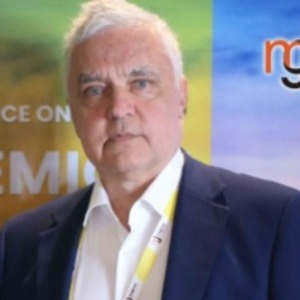Pacemakers in neonates represent a critical frontier in Paediatric cardiology, addressing complex challenges in managing cardiac rhythm disorders in new-borns. These miniature electronic devices, comprising a pulse generator and leads, are implanted into the tiny hearts of neonates to regulate and sustain a regular heartbeat, a task that becomes particularly crucial in cases of congenital heart defects, arrhythmias, or other cardiac anomalies. The deployment of pacemakers in this population requires meticulous consideration of the neonate's unique physiological characteristics, such as their small size, fragile vascular structures, and evolving cardiac anatomy. Implantation techniques must be precise, often demanding a delicate balance between therapeutic efficacy and minimizing invasiveness. Neonatal pacemakers are designed with size-appropriate features, ensuring compatibility with the physiological demands of these infants, and advancements in technology have led to the development of leadless and MRI-compatible pacemakers, expanding the therapeutic options available. The decision to implant a pacemaker in a neonate involves a multidisciplinary approach, encompassing neonatologists, paediatric cardiologists, and cardiothoracic surgeons, who collaborate to assess the overall health of the infant, the nature of the arrhythmia, and the potential long-term implications. Continuous monitoring is essential to track device function, detect any complications, and optimize settings based on the neonate's growth and developmental milestones. Despite the challenges, pacemakers in neonates have revolutionized the management of life-threatening cardiac rhythm disturbances, offering a lifeline to these vulnerable patients and paving the way for ongoing research and innovation in the field of paediatric cardiology.







